No products in the cart.
NEWS
Get a Head Start: Top Vegetables to Plant in January
As the festive season winds down, many of us turn our thoughts to new beginnings and setting fresh goals. If spending more time cultivating your own food is on your list this year, embarking on an organic gardening journey is a wonderful place to begin. A common question arises as the calendar turns: is it too early to plant seeds in January?
The exciting answer is that, depending on your location and climate, January is absolutely not too soon! You can indeed start planting certain vegetables right now to get a significant head start on the gardening season and kickstart your growing ambitions. Whether you’re planning your very first vegetable garden or aiming to maximize your yield in an existing one, January offers opportunities. For many areas, this means starting cool-weather vegetables indoors or in a protected environment like a greenhouse. In milder climates, you might even be able to sow some seeds directly outside.
Starting early allows you to get seedlings established before the rush of spring and can result in earlier harvests. Here’s a guide to some excellent vegetables you can begin planting this January.
Tips for Starting Seeds Indoors
For most gardeners in regions with cold winters, sowing seeds directly into the frozen or snow-covered ground in January simply isn’t practical. However, starting seeds indoors provides a controlled environment where you can successfully germinate seeds and nurture young seedlings. By timing it correctly, your young plants will be strong and ready to be transplanted outside once the danger of the last spring frost has passed.
When you start seeds indoors, always consult the specific planting instructions provided on your seed packets, as requirements can vary by vegetable type. Generally, we recommend using a high-quality, lightweight seed starting mix or a potting mix formulated specifically for germination. This type of mix is designed to provide the right balance of aeration and moisture retention while draining excess water effectively.
Choosing appropriate containers is also crucial for successful indoor seed starting. Look for trays or pots that have good drainage holes at the bottom. Specialized seed starting trays work wonderfully, or you can reuse clean plastic containers from previous seasons, ensuring they are thoroughly cleaned to prevent disease.
Keep your seed starting trays consistently moist but never waterlogged. The goal is damp soil, not soggy conditions, which can lead to damping-off disease. Covering the trays with a clear plastic lid or plastic wrap helps maintain humidity and warmth, creating an ideal microclimate for germination. Placing the trays on a warming mat or in a naturally warm spot, such as near a sunny window or above a heat register, can further encourage sprouting. Once your seeds have germinated and the first true leaves appear, ensure they receive plenty of light – either from a sunny windowsill supplemented with grow lights or solely under grow lights for 12-16 hours daily. As seedlings grow, you may need to thin them out to prevent overcrowding, giving the strongest seedlings space to develop properly.
Starting Seeds Outdoors
Directly sowing seeds outdoors in January is a viable option primarily for gardeners living in regions with very mild winter climates, typically those in warmer hardiness zones. Even in these areas, a sudden cold snap or a late frost can occur, sometimes even in mid to late January. If you choose to sow directly outdoors, taking steps to protect your newly sown seeds is vital.
Applying a layer of organic mulch, such as straw, shredded leaves, or compost, over the planted area helps insulate the soil, conserve moisture, and protect seeds and young sprouts from light frosts or temperature fluctuations. For those in borderline climates, or who want added protection and an even earlier start outdoors, using cold frames or row covers can create a mini-greenhouse effect, warming the soil slightly and shielding plants from harsh conditions. This allows you to push the boundaries of the planting season safely.
Vegetable Seeds to Start in January
Starting vegetables in January is a fantastic way to gain momentum for the upcoming gardening year. Success heavily depends on understanding your local climate and growing zone. When selecting which vegetables to plant, consider your area’s average last frost date, how long you plan to keep seedlings indoors, and the optimal time for transplanting outside.
The following vegetable types are excellent candidates for starting early in the year, offering a rewarding jumpstart to your season. Sourcing quality seeds is key to a successful garden, so look for reliable providers like Biogarden.asia when you’re ready to stock up for the year ahead.
Onions
Onions are a top choice for starting in January in many climates, largely because they require a long growing period to reach maturity as bulbs.
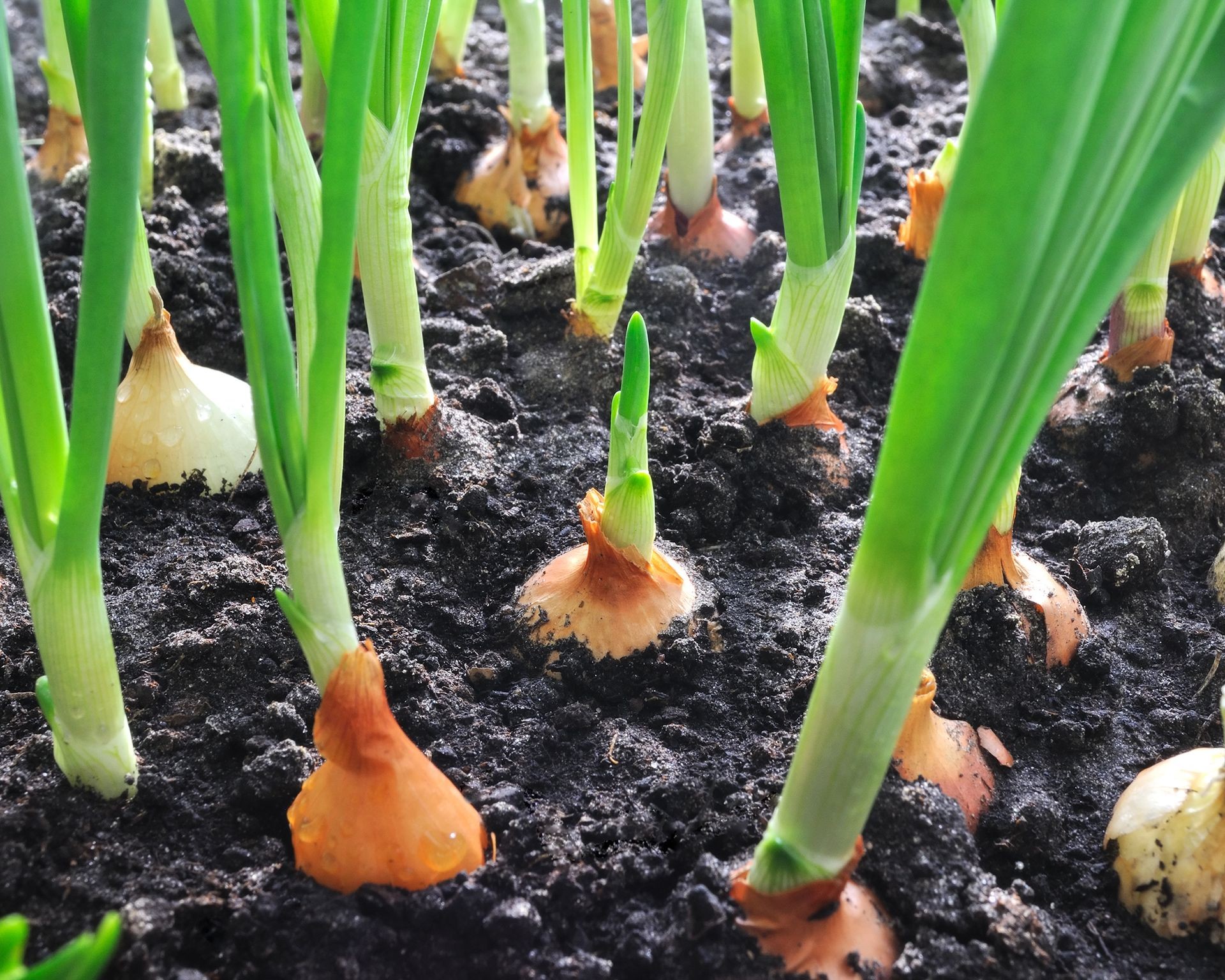 Healthy onion plants growing in the garden soilWhen growing onions from seed indoors, allow the seedlings to reach a height of about five to six inches (13-15 cm). At this point, you can trim the tops back to around three inches (8 cm). Repeating this process periodically until it’s time to transplant them outdoors encourages the plant to focus energy on developing stronger roots and eventually, a larger bulb. If you are growing green onions (scallions) for their leaves rather than bulbs, you should not trim the tops.
Healthy onion plants growing in the garden soilWhen growing onions from seed indoors, allow the seedlings to reach a height of about five to six inches (13-15 cm). At this point, you can trim the tops back to around three inches (8 cm). Repeating this process periodically until it’s time to transplant them outdoors encourages the plant to focus energy on developing stronger roots and eventually, a larger bulb. If you are growing green onions (scallions) for their leaves rather than bulbs, you should not trim the tops.
Kale
Kale is a hardy cool-weather vegetable that thrives in cooler temperatures. If you live in a region with mild winters, you might be able to sow kale seeds directly into the garden soil in January and anticipate harvesting fresh leaves as early as spring.
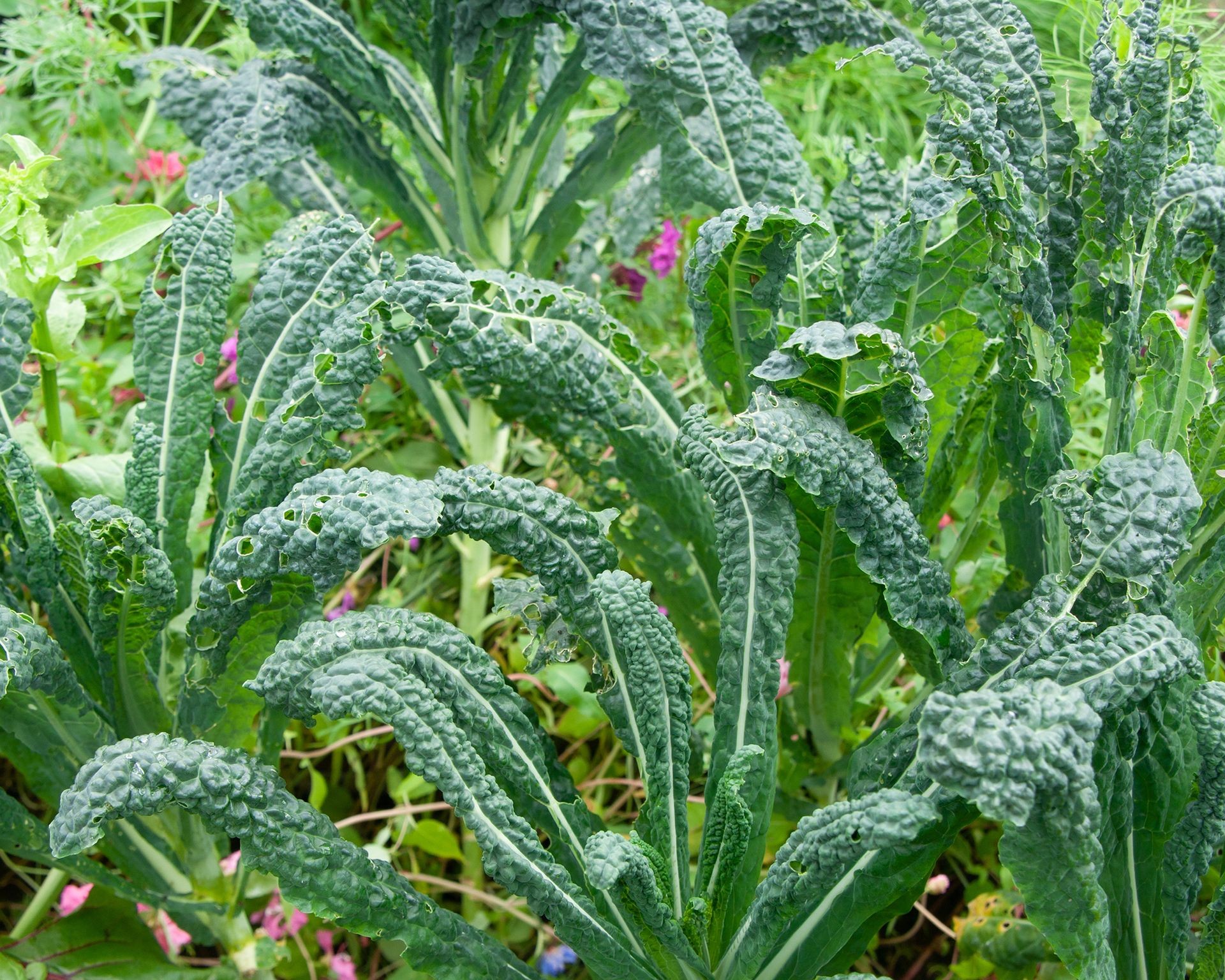 Lush green kale leaves growing in a backyard vegetable patchFor gardeners facing colder winter conditions, starting kale seeds indoors in late January is a smart move. They typically grow quickly and should be ready for transplanting outdoors in about five weeks. An interesting benefit of growing kale is that its flavor actually sweetens after being exposed to a light frost or cold spell, making it a perfect cool-season crop.
Lush green kale leaves growing in a backyard vegetable patchFor gardeners facing colder winter conditions, starting kale seeds indoors in late January is a smart move. They typically grow quickly and should be ready for transplanting outdoors in about five weeks. An interesting benefit of growing kale is that its flavor actually sweetens after being exposed to a light frost or cold spell, making it a perfect cool-season crop.
Garlic
While garlic is traditionally planted in the fall in colder climates, don’t despair if you missed that window. You can still plant garlic cloves in January and achieve good results, though the bulbs might be slightly smaller than fall-planted ones. It’s crucial to use “seed garlic” purchased from a reputable nursery or garden supplier, rather than garlic from the grocery store, which is often treated to inhibit sprouting.
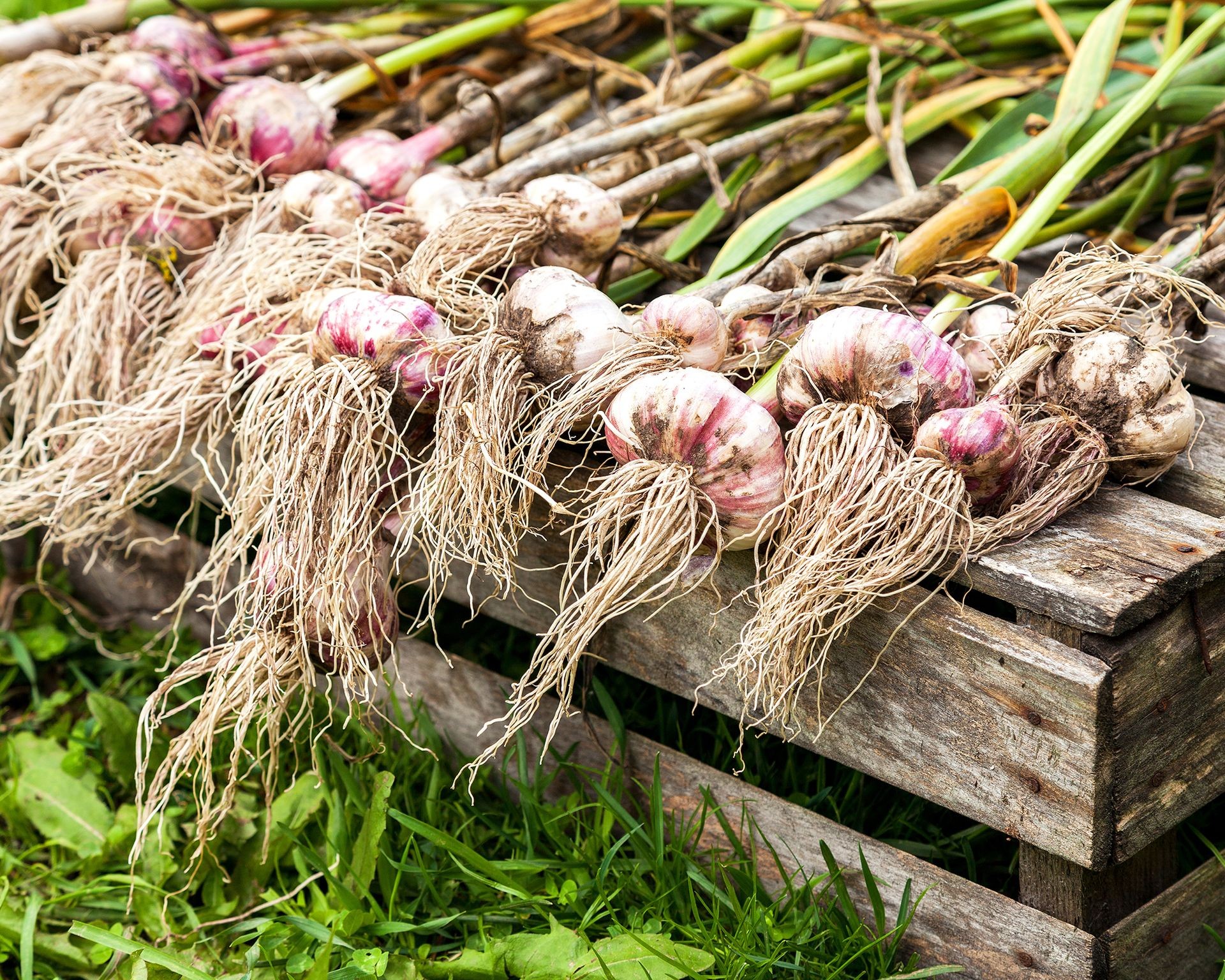 Freshly harvested garlic bulbs ready for curingStart the individual cloves in shallow pots filled with potting mix and place them in a cold, unheated location like a garage, shed, or cold frame. Garlic requires a period of cold temperatures (vernalization) for about two months to develop properly. Keep the soil lightly moist throughout this chilling period. Check on the pots in mid to late spring for signs of growth, indicating they are ready to be planted in the garden.
Freshly harvested garlic bulbs ready for curingStart the individual cloves in shallow pots filled with potting mix and place them in a cold, unheated location like a garage, shed, or cold frame. Garlic requires a period of cold temperatures (vernalization) for about two months to develop properly. Keep the soil lightly moist throughout this chilling period. Check on the pots in mid to late spring for signs of growth, indicating they are ready to be planted in the garden.
Broccoli
Another popular cool-weather vegetable suitable for a January start is broccoli. The best variety to choose depends on the length of your winter and your specific growing zone.
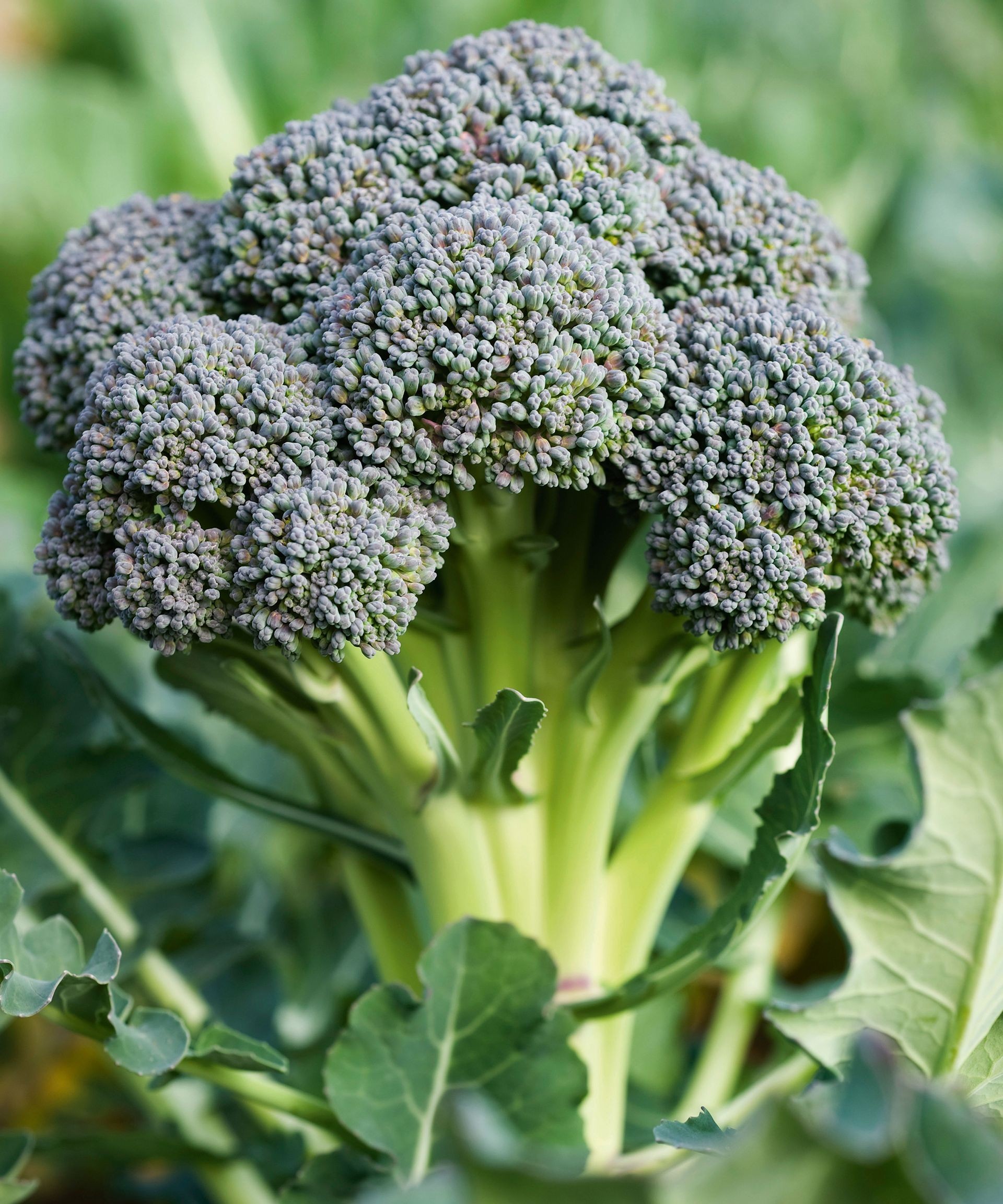 Mature broccoli head growing with surrounding leavesIf you anticipate a longer, colder winter followed by a relatively short spring before temperatures rise, select a broccoli variety with a longer maturity period, sometimes up to 100 days from seed. In contrast, for warmer areas with shorter cool seasons, a quick-growing hybrid variety that matures faster might be more suitable to ensure a harvest before the heat arrives. Starting indoors gives you the flexibility to time your transplanting perfectly.
Mature broccoli head growing with surrounding leavesIf you anticipate a longer, colder winter followed by a relatively short spring before temperatures rise, select a broccoli variety with a longer maturity period, sometimes up to 100 days from seed. In contrast, for warmer areas with shorter cool seasons, a quick-growing hybrid variety that matures faster might be more suitable to ensure a harvest before the heat arrives. Starting indoors gives you the flexibility to time your transplanting perfectly.
Cabbage
Cabbage is a versatile cool-season crop that can be successfully started from seed in January, promising a harvest in the spring. This also opens up the possibility of a double harvest in one season; you can plant a second round of cabbage seeds in the summer for a fall harvest.
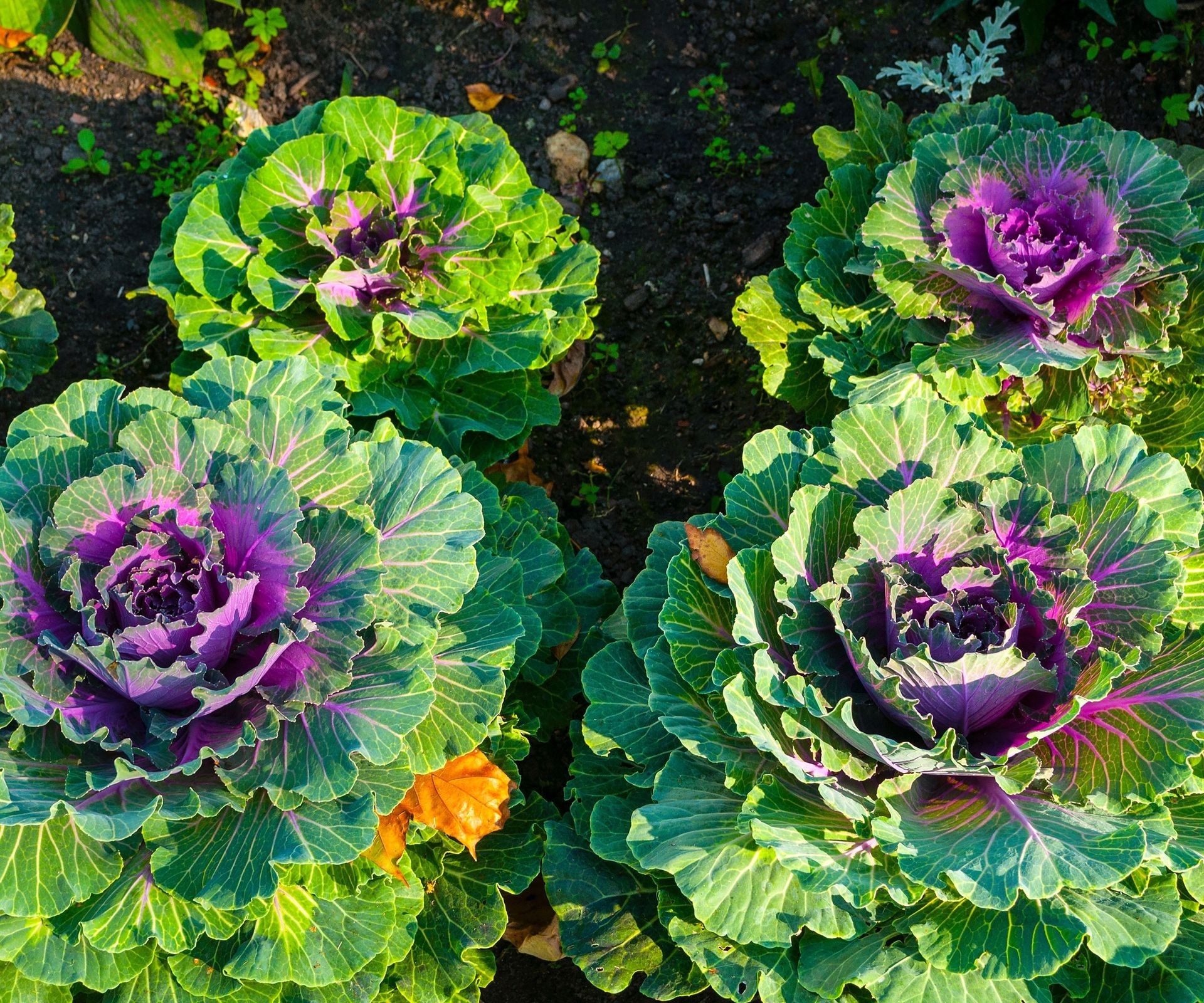 Vibrant purple cabbage head growing in a gardenExplore different types of cabbage to add variety to your garden and meals. Green, purple, and Napa cabbage varieties can all be initiated indoors or in protected spaces starting in January, offering diverse flavors and textures.
Vibrant purple cabbage head growing in a gardenExplore different types of cabbage to add variety to your garden and meals. Green, purple, and Napa cabbage varieties can all be initiated indoors or in protected spaces starting in January, offering diverse flavors and textures.
Peas
Delicious and easy to grow, peas are relatively tolerant of light frosts, making them a good candidate for early planting. You can start pea seeds indoors in January and plan to transplant the seedlings outside in early spring, depending on your last expected frost date.
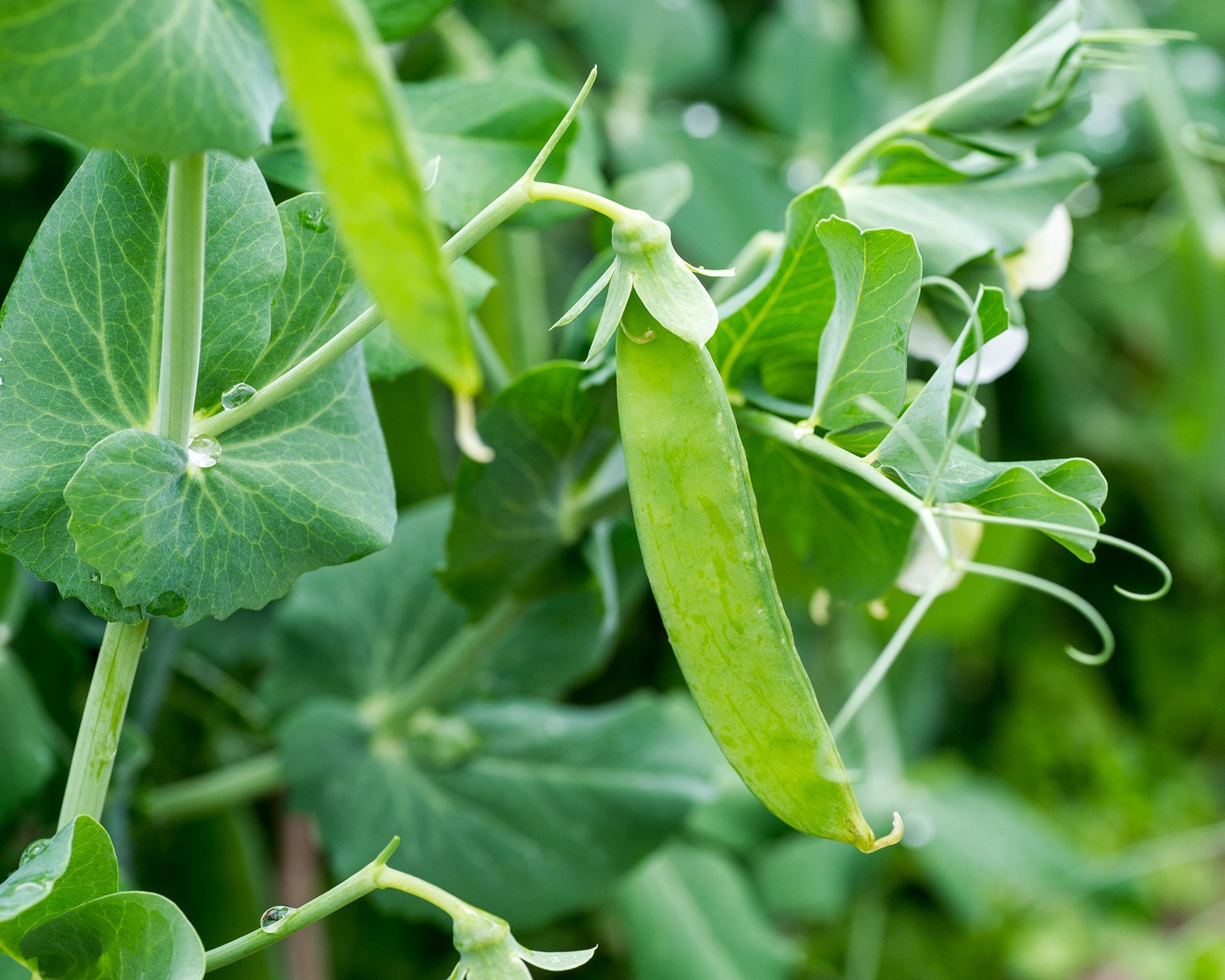 Close-up view of pea pods on a vineFor those in warmer zones where the ground doesn’t freeze during winter, direct sowing pea seeds outdoors in January is often possible. A useful trick to improve the germination rate of pea seeds is to “nick” the tough outer shell slightly with a nail clipper or soak them overnight before planting.
Close-up view of pea pods on a vineFor those in warmer zones where the ground doesn’t freeze during winter, direct sowing pea seeds outdoors in January is often possible. A useful trick to improve the germination rate of pea seeds is to “nick” the tough outer shell slightly with a nail clipper or soak them overnight before planting.
Microgreens
Microgreens offer one of the easiest and most rewarding January gardening projects, regardless of your location or climate, as they are grown indoors. The concept is simple: you grow vegetables just long enough to produce tender, nutrient-rich baby greens, which are harvested and eaten when they are still very small.
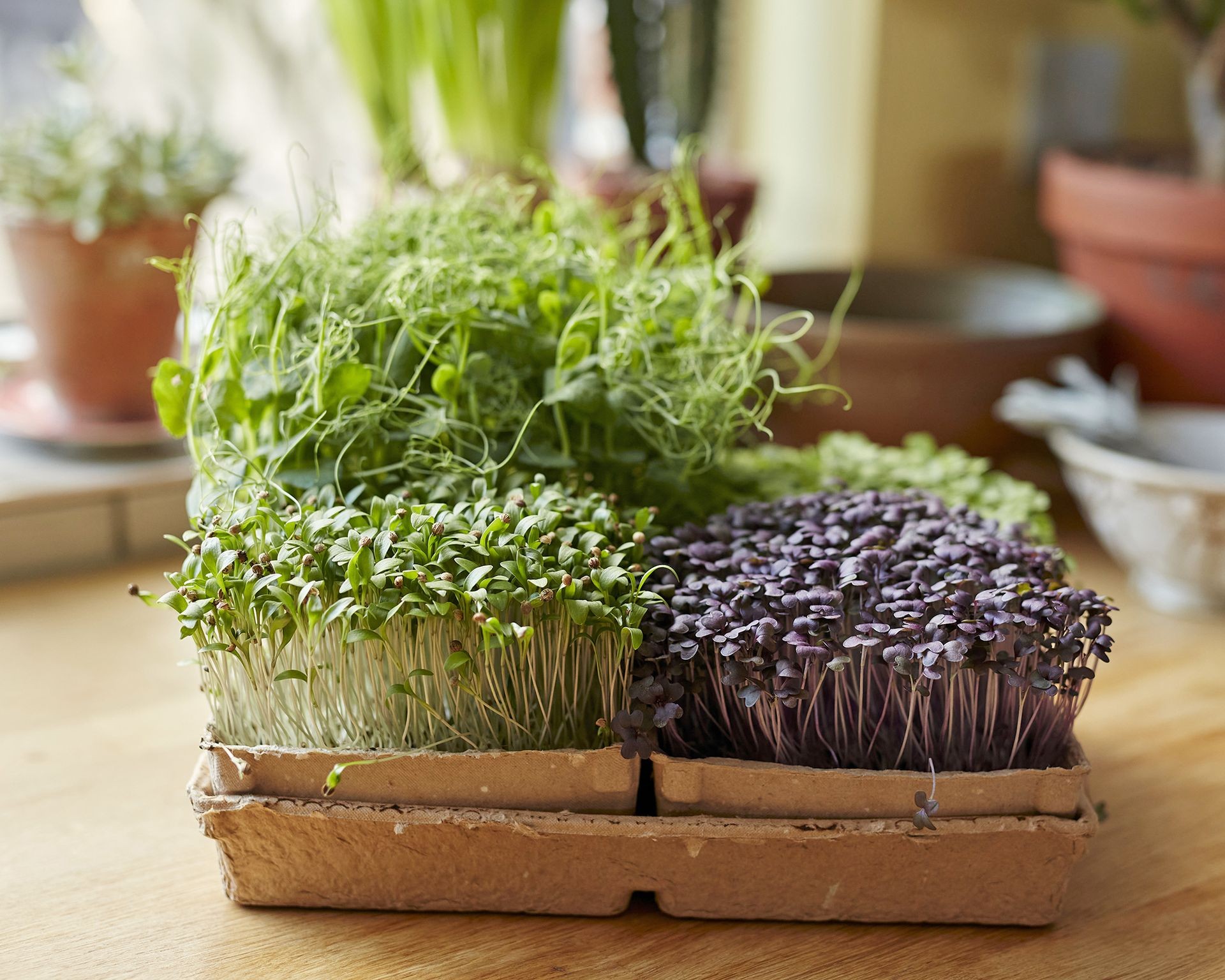 Tray of various microgreens growing on a wooden surface indoorsMicrogreens grow incredibly fast and can be ready to harvest within days or just a week or two after the seeds germinate. Many vegetables work well as microgreens, with members of the brassica family being particularly popular, including broccoli, radish, cauliflower, cabbage, kale, arugula, and mustard. You don’t need much space; a few shallow trays set up on a sunny kitchen windowsill or under a small grow light system are all you need to enjoy fresh greens all winter long.
Tray of various microgreens growing on a wooden surface indoorsMicrogreens grow incredibly fast and can be ready to harvest within days or just a week or two after the seeds germinate. Many vegetables work well as microgreens, with members of the brassica family being particularly popular, including broccoli, radish, cauliflower, cabbage, kale, arugula, and mustard. You don’t need much space; a few shallow trays set up on a sunny kitchen windowsill or under a small grow light system are all you need to enjoy fresh greens all winter long.
Starting your garden in January might seem ambitious, but as you can see, there are many exciting possibilities. Whether you choose to nurture seedlings indoors or live in a climate suitable for direct sowing, getting an early start can lead to a more productive and enjoyable gardening season.
Ready to begin your January planting? Finding high-quality seeds and the right supplies is your first step. Visit Biogarden.asia to explore a wide selection of seeds and gardening essentials to help you successfully kickstart your garden this year. Happy planting!



